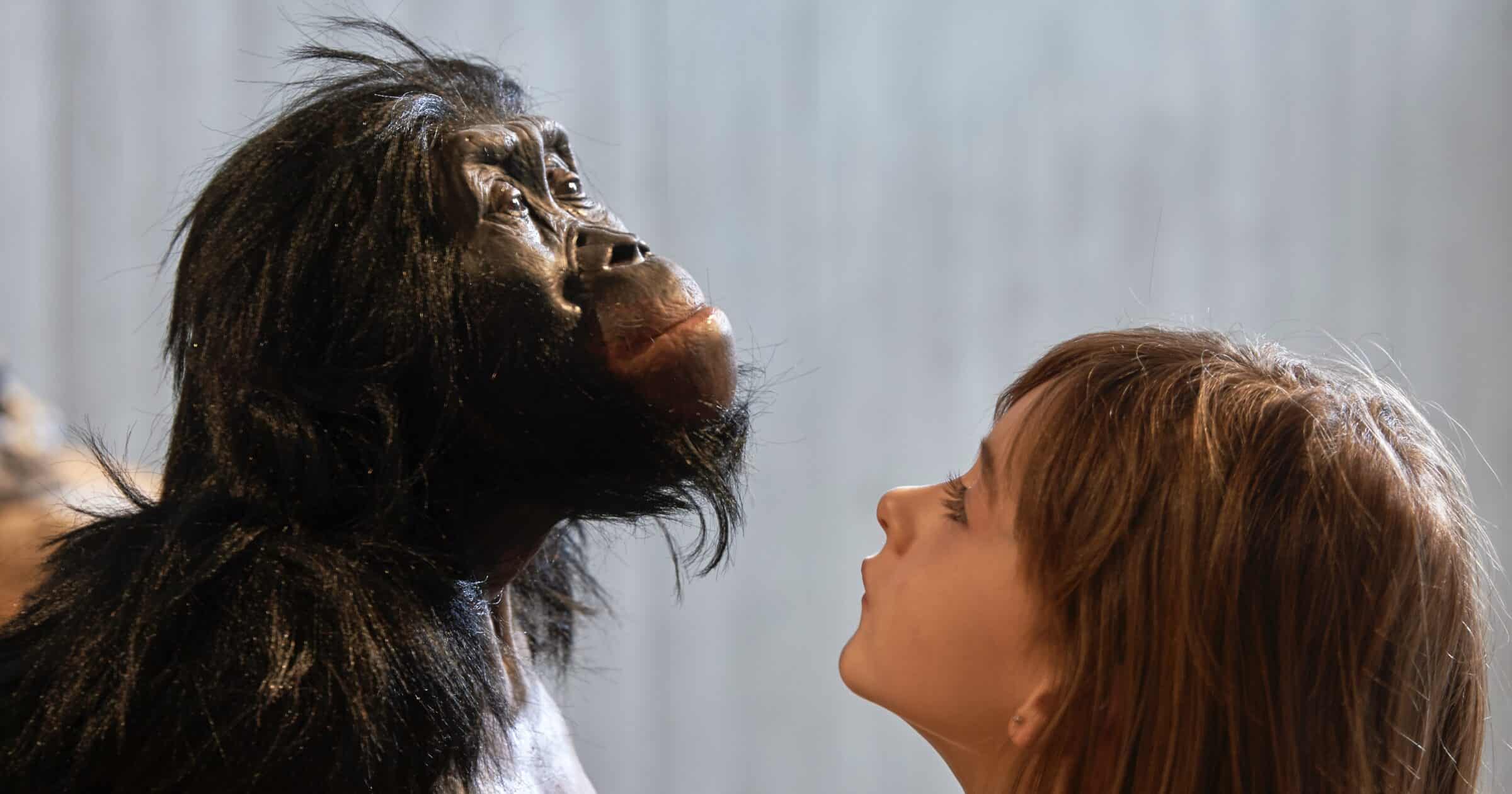God of the gaps. Co-option to explain irreducible complexity. Lucy as a human ancestor. Perhaps you’ve heard some of these objections to intelligent design, but do you know how to adequately respond to them? On a new episode of ID the Future, geologist and lawyer Casey Luskin explains how to refute these common criticisms to ID as he concludes a conversation with host Jacob Vasquez that originally aired on the Truthful Hope podcast.
Learn how to push back against these typical challenges:
- God-of-the-Gaps Argument: Dr. Luskin clarifies that the case for intelligent design is not an argument from ignorance that inserts a designer into gaps in scientific knowledge. Instead, it is based on what is known about complex, specified information and irreducibly complex structures and systems, which in all our experience trace back to a mind or personal agent. He suggests that claiming naturalism will eventually explain everything is a form of “naturalism in the gaps”.
- Co-option as an Explanation for Irreducible Complexity: Luskin responds to the argument that co-option, which involves retooling existing systems to create new ones, can explain the origin of irreducibly complex structures, specifically addressing the bacterial flagellum and the Type III Secretion System (T3SS). He argues that proposed “borrowed” parts are often not easily interchangeable and points out a significant evolutionary timeline problem: the T3SS is thought to have evolved late in life’s history in a narrow subset of bacteria, whereas flagella are widely distributed and needed very early. Luskin concludes that co-option stories often lack detail and, if successful, would actually point to intelligence as the only known entity capable of retooling and recombining machines into new, irreducibly complex systems.
- The Fossil Record as Evidence Against Intelligent Design: Luskin challenges the Darwinian prediction of gradual transitional forms in the fossil record. He states that the fossil record largely shows abrupt appearances or “explosions” of new life forms without direct evolutionary precursors. He cites examples, including the Cambrian explosion, which introduced most major groups of animals, as well as later explosions of land plants, flowering plants, major bird groups, and mammals.
- Lucy as a Human Ancestor: Luskin also addresses the frequently cited fossil find Lucy (Australopithecus afarensis), often hailed as a human ancestor. He highlights a “large unbridged gap” in the fossil record between ape-like species like Lucy and human-like species (genus Homo). Luskin presents doubts about Lucy’s habitual bipedalism, noting evidence such as hand bones like a knuckle-walker, a chimp-like pelvis, a unique angle in her femur, and long, ape-like arms well suited for climbing. He suggests Lucy’s upright walking was likely adapted for walking on tree branches, not for habitual bipedalism like that of modern humans.
Download the podcast or listen to it here. This is Part 2 of a two-part conversation. Listen to Part 1.
We’re grateful to Jacob Vasquez at Truthful Hope for permission to share the conversation here.
Dig Deeper
- Subscribe to our new channel on YouTube to be the first to know about new video content and help us spread the word!
- In this recent conversation, Dr Luskin explains how two scientists recently won a Nobel prize for studying what was previously considered useless “junk” DNA:








































